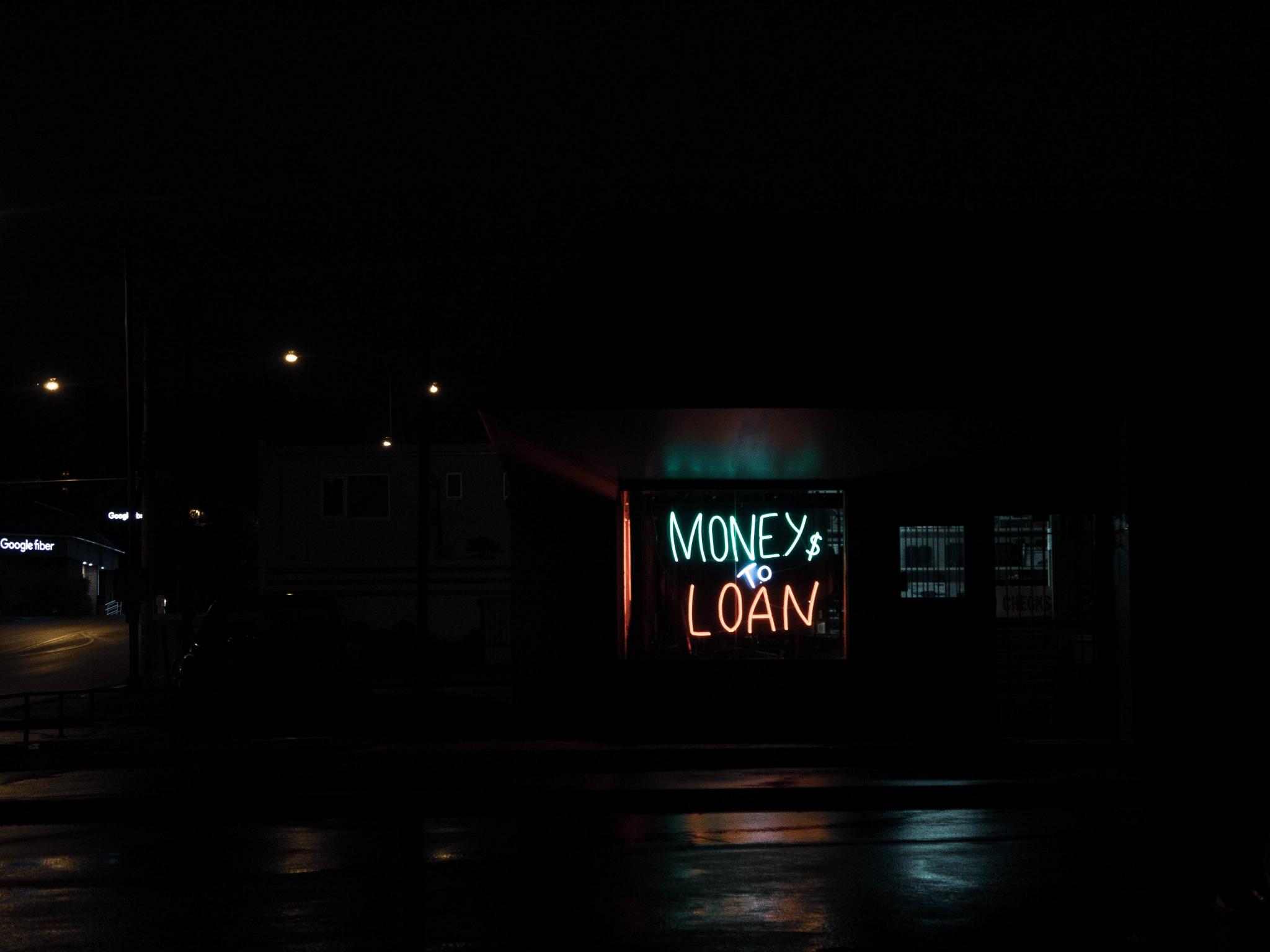
I’m of the belief that mortgage rates won’t be going as high as some people are forecasting, at least not nearly as quickly. I say this because the dynamic between inflation, FED rate hikes, economic growth, and the bond markets should cause the yield curve to flatten and even invert in the medium term, holding down mortgage rates.
It’s obvious that inflation is here, but what’s not so obvious is what to do about. The problem with today’s inflation is that prices are generally being pushed higher by supply side constraints for various reason. The FED has started raising rates in an effort to cool the demand side, but it appears that any increases in the FED funds rate are having an outsized effect on economic growth. That dynamic will hold down treasury rates as there is a strong correlation between economic growth and treasury yields.
Additionally, if you really pick apart inflation, it starts to become obvious that a lot of it is in essential items like food, energy, etc… items that are not so easily influenced by monetary policy. So once we start to get cooler inflation in items X food & energy, which could be quick, it may become more apparent that the rate hikes can be more gradual.
The general idea here is that as short-term rates rise, they will pull back economic growth, which will reign in long-term rates, creating a flat and even an inverted yield curve for a period where short-term rates are somewhat equal to or higher than long term rates.
The other part of the mortgage rate equation is credit spreads, which have unfortunately widened significantly in past weeks. This happens when there is overwhelming uncertainty in the bond markets about where the economy & rates are going. I think what we really need here is just some time for institutions and bond investors to get clarity on where things are headed and spreads will start to come back in.
So to recap;
1) Rises in short-term rates will pull back economic growth, putting downward pressure on long-term treasury yields, even as the FED offloads its balance sheet.
2) Inflation X food & energy will start to get under control and we won’t need to move the FF rate as quickly as people thought.
3) credit spreads will come in once the market calms down and some of the uncertainty is removed.
In addition to these, there is always the wild card that some positive development in the world of supply-side constraint will pop up and everything will change overnight, such as the war in Ukraine settling, China reversing zero Covid policy, US removing tariffs, etc. Don’t underestimate positive developments as these issues are actively being worked on and could develop quickly, completely changing the environment we find ourselves in.







